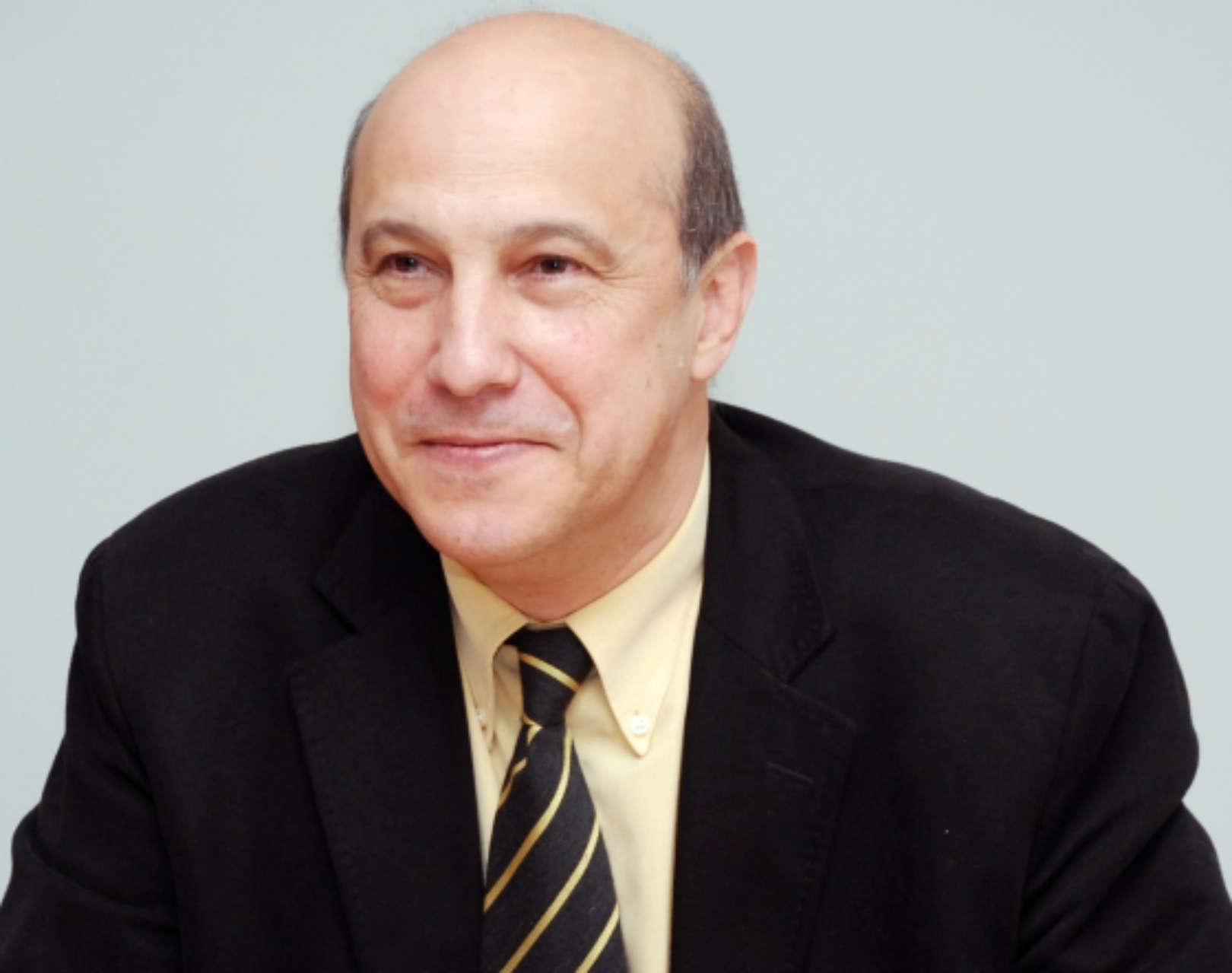About
Education
MSc and PhD in Electrical Engineering, Syracuse University, NY, USA, (1979 and 1983).
Licenciatura in Electrical Engineering, University of Porto (1973).
Teaching
Full Professor, Faculty of Engineering, University of Porto (FEUP), Department of Electrical and Computer Engineering, since 2000. Retired (Jubilado) in October, 2021.
Taught in the areas of Microelectronics (VLSI), Design and Test of Digital and Mixed-signal integrated circuits, Digital System Design and Computer Architecture at FEUP and in Sysracuse University (Visiting Assistant Professor, 1986/87). Supervised 6 Doctorates.
Research and Development
Researcher at INESC TEC (www.inesctec.pt), since 1988, where he founded the CAD and Microectronics Group, which he led until 2001. He was responsible for the participation of the Group in several international R&D projects, with european universities and industrial partners.
- ASSOCIATE – Advanced Solutions for SoC Innovative Testing in Europe (2001-2004);
- DYNAD – Digital/Analog Converter Testing (1998-2001);
- MAGIA – Dedicated HW for an Industrial Textile Nesting Application (1998-2000);
- AIPAC – ASIC-based System Design and Integration (1995-1996);
- CHIPSHOP – Low Cost IC Prototyping Services for European SMEs;
- ARTEMIS – Mixed-Signal Testing (1992-1995);
- AICI – ESPRIT Special Action for Microelectronics in Portugal (1990-1995);
- BST – Boundary Scan Test (1989-1992)
Responsible for advanced training actions in Microelectronics, for and with companies like ChipIdea, MIPS, SIEMENS, Infineon and Qimonda.
Visiting Research Associate in the CASE Center, Syracuse University, (1986/1987) and R&D Engineer in the Electronics Laboratory (ELab), General Electric Company, Syracuse, NY, USA (1983-84).
List of publications available in www.orcid.org/0000-0002-0496-6975.
University management and extension
Director of PDEEC, the Doctoral Program in Electrical and Computer Engineering of FEUP (2016-2021).
Director of PDEPP, the Doctoral Program in Engineering and Public Policy of FEUP (2011-2016), which he helped creating.
President of the Council of Representatives (Conselho de Representantes) of FEUP (2014-2016).
Director of the Department of Electrical and Computer Engineering (DEEC) of FEUP (2001 – 2010).
Director of the Undergraduate Program (Licenciatura) in Electrical and Computer Engineering of FEUP (1992-2001).
President of the Pedagogical Council of FEUP (1993-1999).
National Delegate, representing the Portuguese Government in the Management Committees of all the European R&D Programs in Information Technologies, since ESPRIT (1994-2001), including the 6th and 7th Framework Programs (2001-2006 e 2007-2014) and Horizon 2020 (2014-2020).
Member of the Program Committees and Steering Committees of International Conferences (DCIS, EUROMICRO DSD, ICECS, ISQED).
General Chair: EUROMICRO Conference on Digital System Design (DSD 2005 and 2015) and the International Conference on the Design of Circuits and Integrated Systems (DCIS 2001).
Guest Editor of the International Journal of Embedded Hardware Design (MICPRO), Elsevier, and of the International Journal of Analog Integrated Circuits and Signal Processing, Kluwer.
Member of the Board of Directors of EUROMICRO (www.euromicro.org) and Senior Member of IEEE.
Professor Emeritus of the University of Porto, 2023.


